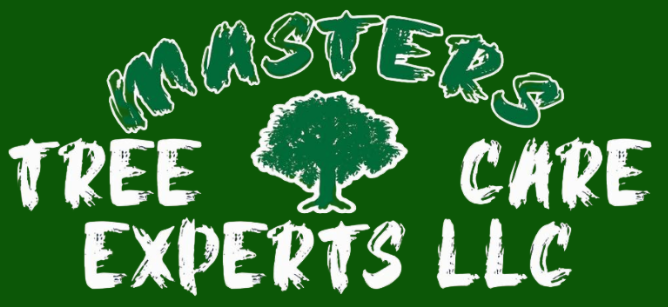Spring is when everything comes back to life—flowers bloom, birds sing, and trees burst with fresh green growth. But does that mean it’s the right time to prune your trees? The answer isn’t always a simple yes or no. At Masters Tree Care Experts, we get this question a lot from homeowners across Lee’s Summit. Let’s break down the do’s and don’ts of spring pruning so your trees stay healthy, strong, and beautiful.
Table of Contents
Why Spring Pruning Can Be a Good Idea (Sometimes)
Spring pruning has its perks—especially for cleaning up after winter.
Here’s when spring pruning makes sense:
- Post-Winter Cleanup: Removing branches damaged by snow or ice helps trees heal faster.
- Shaping Young Trees: It’s easier to guide a tree’s form while it’s still growing.
- Deadwooding: Spotting and removing dead branches is easier once leaves start appearing.
- Fruit Tree Maintenance: Some fruit trees benefit from early spring pruning to boost fruit quality and airflow.
Tip: If you missed your winter pruning window, spring can be your next best bet—especially early in the season before too much growth starts.
When Spring Pruning Can Hurt More Than Help
While pruning in spring can be useful, it’s not ideal for every tree—or every situation.
Here’s when to hit pause:
- Sap-Heavy Trees (like Maples, Birches, and Elms): Pruning in early spring causes heavy sap bleeding, which can stress the tree (even if it’s not harmful long-term).
- Flowering Trees (like Dogwoods or Redbuds): Pruning after buds appear means fewer blooms. For these, wait until right after flowering.
- Oak Trees: Spring pruning can invite oak wilt, a deadly fungal disease. Stick to winter pruning to stay safe.
Common Tree Types in Lee’s Summit & Their Spring Pruning Needs
Here’s a quick guide to local favorites:
| Tree Type | Spring Pruning? | Best Time to Prune |
|---|---|---|
| Oak | ❌ No | Late winter only (to avoid disease) |
| Maple | ⚠️ With caution | Late summer is better |
| Apple/Pear | ✅ Yes | Late winter to early spring |
| Crape Myrtle | ✅ Yes | Late winter to early spring |
| Dogwood | ⚠️ After bloom | Prune immediately after flowering |
If you’re not sure, we’re happy to take a look. The wrong timing can cost your tree its health—or its life.
How to Prune Properly in Spring (If You Do It)
Spring growth can tempt DIYers to grab clippers—but pruning isn’t just about cutting branches. It’s about knowing where to cut and how much. Too many cuts in spring can rob your tree of energy needed for new growth.
Here’s what to keep in mind:
- Use clean, sharp tools to avoid disease spread.
- Cut just outside the branch collar (the thickened base where the branch meets the trunk).
- Never remove more than 10-15% of the live canopy in spring.
Or save yourself the guesswork and call in Masters Tree Care Experts. Our certified arborists use ANSI-approved techniques that protect your tree’s long-term health.
What Happens If You Prune at the Wrong Time?
Bad timing doesn’t just reduce blooms or stunt growth. It can cause:
- Heat stress during summer
- Insect and disease invasion
- Weak branch structure
- Permanent damage or decline
If your tree has already been pruned poorly, don’t worry. Our team offers corrective pruning to restore balance and encourage healthy regrowth.
Should You Prune Trees in Spring? Final Verdict
Yes, in some cases—especially for minor shaping, removing dead branches, or pruning fruit trees.
No, for trees vulnerable to disease or heavy sap flow.
When in doubt, trust the tree pros who’ve been caring for Lee’s Summit trees for over 20 years. We know exactly when to prune—and when to leave your tree alone to thrive.
Ready for a Tree Health Check or Expert Pruning? Call (913) 909-9768 or visit www.masterstreecareexperts.com to schedule your spring consultation today. Whether your tree needs a little trim or a full health assessment, Masters Tree Care Experts is here to help your landscape shine.

